Deghdz’s friends remember him with special warmth,he has remained perpetually on the pages of Armenian art history as an artist with the extremely vivid and expressive sense of color. Ashot Hovhannsiyan’s(1929-1997) best canvases are executed by memory and are remote from the original. His thematic, landscape works are often abstracted, full of conditional forms which seemed to be glued or mended on the surface of the canvas. They create a distant, associative relation with the original one which due to the imagination of the painter appears to the viewer diffracted and transformed.
Hovhannisyan has an original sensitive attitude towards color. For him red is the faith of life, blue is the color of God’s hope, green is the beginning of life, it is the nature itself.
According to the painter, the color is an absolute beauty which attracts a human, effects on his soul, definitely when it is in its form, has its measure both in the nature and in the canvas. Everything is possible to happen in the nature, and this becomes natural in case it expresses the truth, the artist’s personality. The talent of artist is great as much as is great his personality.
The color in the painting is not end itself, like the voice in the music, color in the painting has a particular notional function. Hovhannisyan is one of the rare painters who has used black and white colors as an equivalent constituent which with its contrast heightens the intensity of the surrounding sonorous colors. This rises the maximal activity of canvas’s common harmony. The condensation and its maximal intensity are embodied in a mighty, constructive form. As Henrik Igityan has noted, the painter has been working on the same canvas for several years in order to achieve the desired harmony and the initially planned compositional structure.His thematic paintings are simple, may even sometimes seem naïve, however their quasi primitiveness is reasonable due to their motives daily, natural (inartificial) and not claiming nature.
The works of Hovhannisyan frommore productive period are based on the working-out of geometrical forms constructed according to the coordination principle of different sized colored squares. Their flawless mosaic transmits to the works of art a special originality which has no analogies in Armenian painting.
The primitive forms, separate color strains, resounding monumentality in Hovhannisyan’s works cannot butrecall in memory the jewels of Armenian medieval miniature painting, particularly there are remote analogies in the forms and structures created by Hovhannisyanwith 11th century Mughni Gospel. Hovhannisyan is a truly Armenian painter, his characters resemble the heroes of Armenian fairy-tales, monumental, simple, remotely constructed volumes and mosaic gameare typical for Armenian medieval miniature painting and make his art truly Armenian and very close, despite of the technique and the approach of avant-garde.
Obviously the style and formalizing language of Hovhannisyan’s workshave relations with the remarkable representatives of European modernism, cubism and abstract art, like for instance with the artistic methods of Paul Klee. However typical for his works warm and intensive colors seemed to be burnt under the southern sun and dramatic emotionality of his canvases have the accentuation of national constituent.
That is what reveals Hovhanessyan’s art fundamental, profound relation both with Armenian miniature painting and according to Ararat Aghasyan, with the creative heritage of MartirosSaryan, Minas Avetisyan or Ashlie Gorki.
Hovhannisyan demonstrates a unique ability of the organization of geometrical forms and solves a complex formal-rhythmical issues. The painter attains a perfection in the canvases’ real decorativeness with the color intensive laminations and in their thorough elaboration. It is possible that these works of art are inspired from the memories of his childhood.
They are similar to those amazingly beautiful bedspreads which the women were sewing from olden times out of colorful, bright cloths in the villages. Henrik Igityan considers “The self-portrait with a crown” as one of the greatest achievements of AshotHovhannesyan.This masterpiece reflects the character of a romantic personality which embodies the personage of a warrior and a thinker. He is a powerful kingof his epic painting, a sacramental king resting on the throne, putting the hand on the chest.
This is simultaneously a prayer and a vow. The geometrical mosaic of the previous canvases gains more generalized features. Despite of the stressed solemnity of the position, the interpretation of the character is well-founded and persuasive, without a false pathos and a superficial theatricality. This artist, setting for himself original artistic issues, was always on the way of continual search, continual exploration of something new during his whole creative activity.
Bibliography
ԱղասյանԱ.,Հայկերպարվեստիզարգացմանուղիները 19-20-րդդարերում. Ե., 2009
ԻգիթյանՀ.,ԱշոտՀովհաննիսյան: Դեղձ, ալբոմ, Ե. 2007
Video library: Video ” The Artist – Ashot Hovhannisyan”






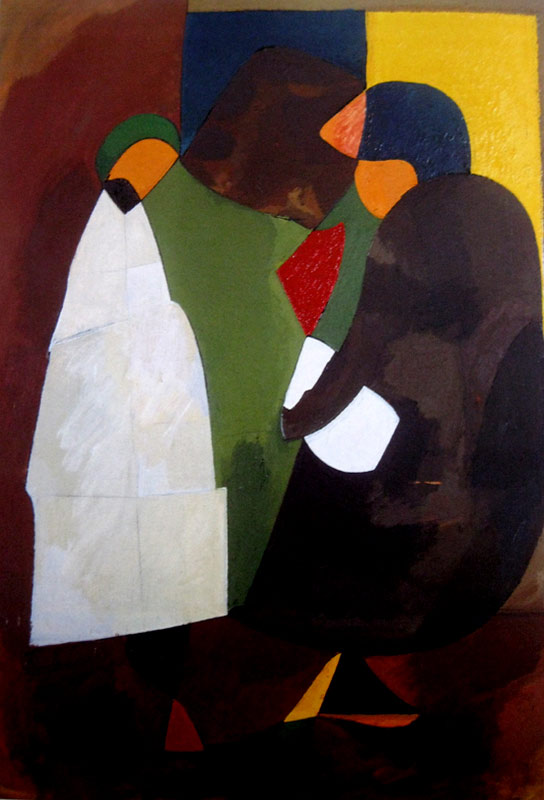
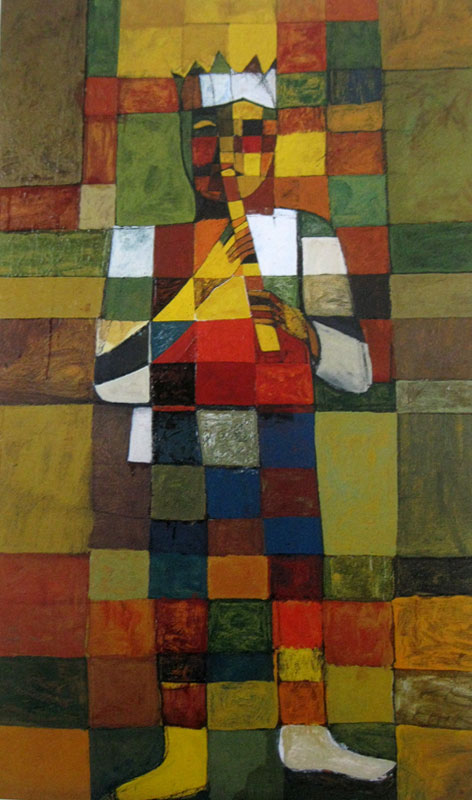

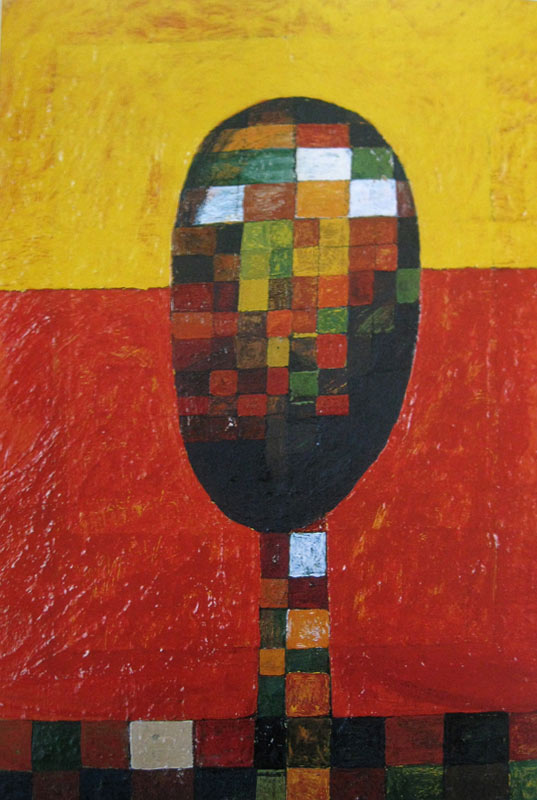


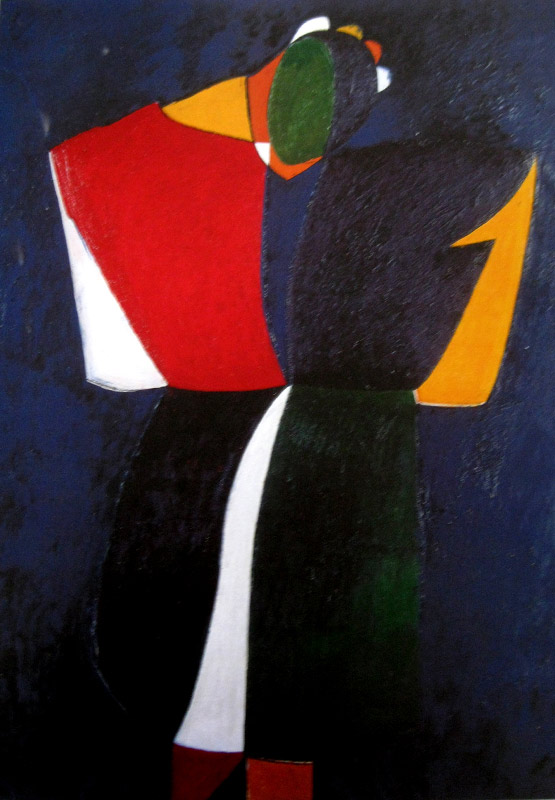
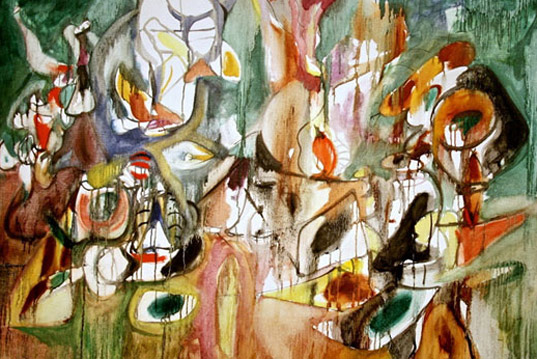
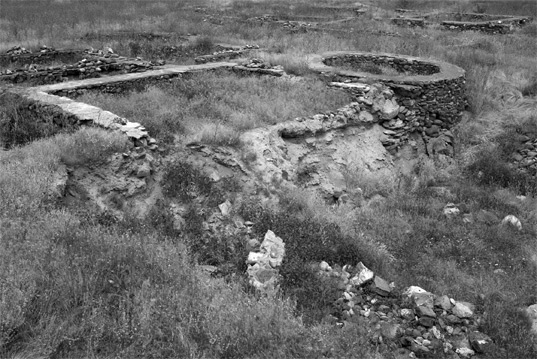

Leave a Reply